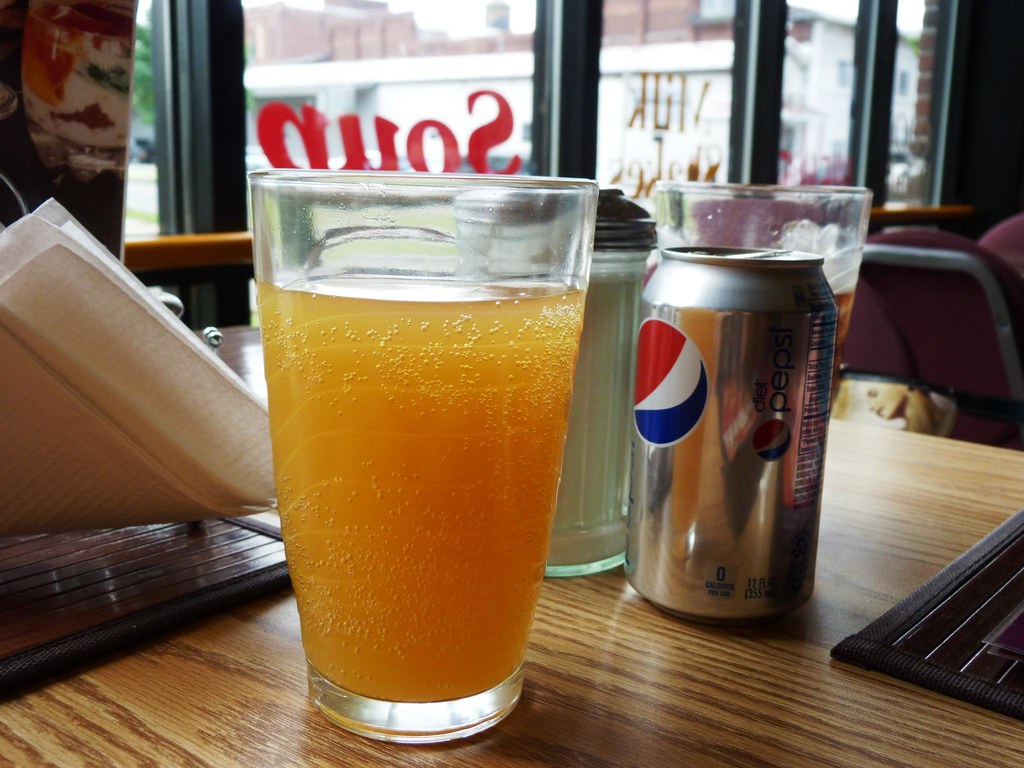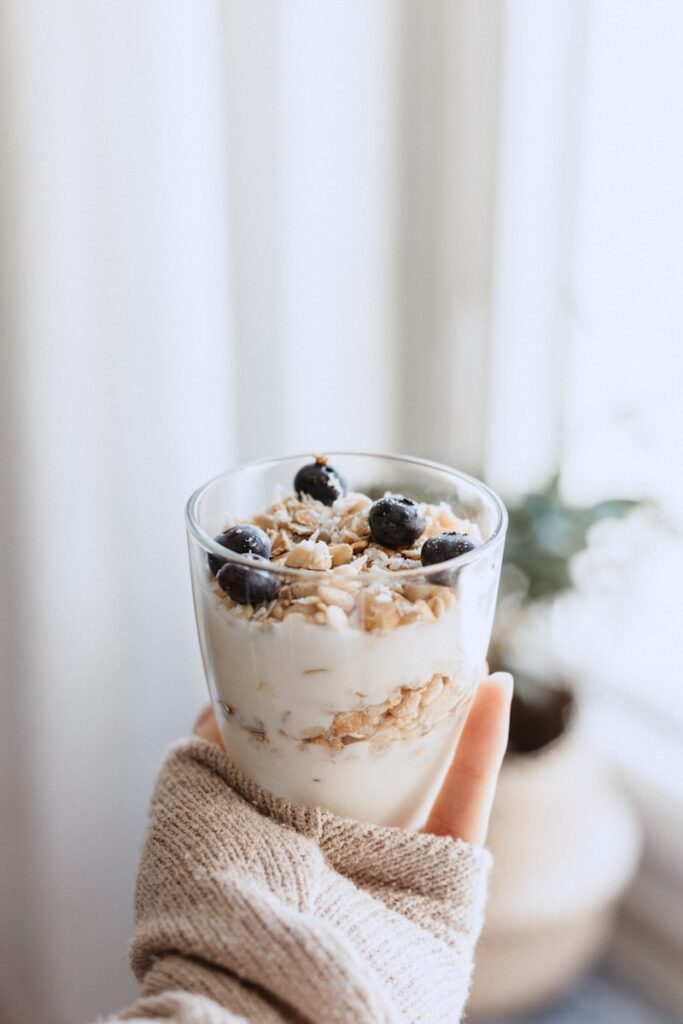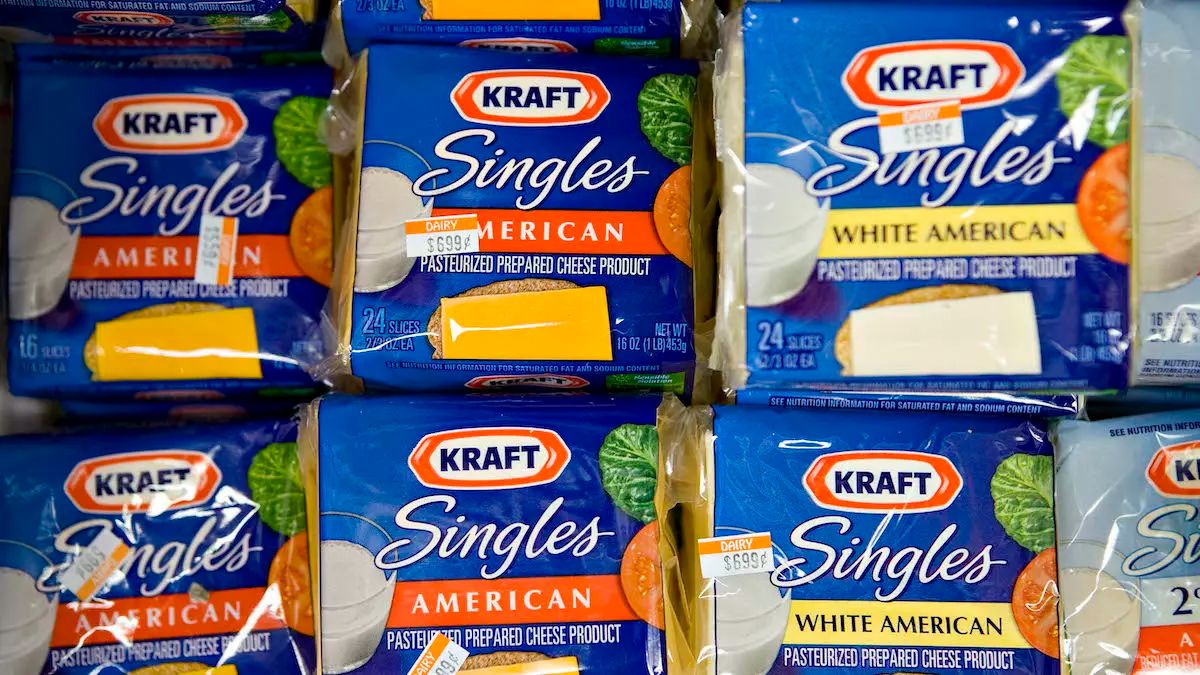
Major food companies, including Kraft Heinz, Skittles, General Mills, and Nestlé, have recently made significant announcements concerning the removal of artificial colors from numerous of their products. These commitments, some with target dates extending to 2027, reflect an evolving landscape in the food industry, propelled by both consumer demand for ingredients perceived as “cleaner” and heightened governmental scrutiny.
Simultaneously, the Trump administration has claimed credit for these corporate changes, heralding them as triumphs in its “Make America Healthy Again” (MAHA) initiative. This development, portrayed by the White House as a pivotal step toward “confronting the chronic health crisis afflicting Americans,” underscores a complex interplay among corporate strategy, public health advocacy, and government policy.
Kraft Heinz, a leading entity in the food sector, has pledged to eliminate all petroleum-based food dyes from its U.S. products by the end of 2027. This action aligns with broader objectives to refine its product portfolio, building upon prior endeavors such as the removal of artificial colors, preservatives, and flavors from Kraft Mac & Cheese in 2016. The company noted that its iconic Heinz Tomato Ketchup has, in fact, never incorporated artificial dyes.
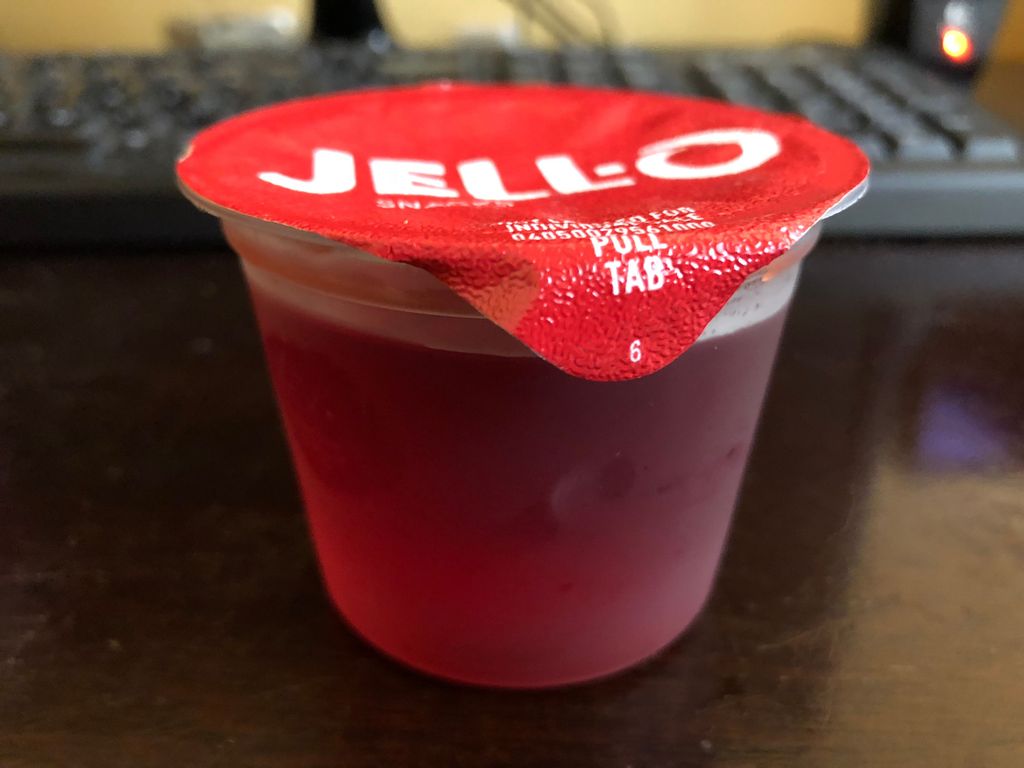
Despite these advancements, fan-favorite brands such as Jell-O, Crystal Light, Kool-Aid, and Jet-Puffed continue to incorporate FD&C colors, according to a statement from Pedro Navio, President of Kraft Heinz North America. He emphasized the company’s ongoing endeavor to reduce the utilization of Food, Drug & Cosmetic colors across its remaining product portfolio, signifying a sustained commitment to product reformulation.
Nestlé USA has also embraced this movement, announcing its intention to eliminate all FD&C colors from its food and beverage products by mid-2026. Although a specific list of affected products was not provided, the Nestlé USA brand portfolio includes popular items such as Lean Cuisine, Nestlé Toll House, Nesquik, and Nespresso. The company indicated that approximately 90% of its U.S. product portfolio currently does not contain synthetic dyes, with Nesquik Banana Strawberry milk being an exception, as it is made with Red 3.
Marty Thompson, CEO of Nestlé USA, underscored the company’s responsiveness to consumer preferences, stating, “As the diverse dietary preferences and nutritional needs of our consumers evolve, we evolve alongside them.” He added that Nestlé’s decision to remove FD&C colors is part of an ongoing effort to refine recipes over the years, with a focus on nutrient-rich ingredients and offering more low- and no-sugar product options.
J.M. Smucker has similarly announced plans to remove FD&C colors from certain products by the end of 2027. This initiative also encompasses a commitment to cease selling products containing FD&C colors to K-12 schools by the conclusion of the 2026/2027 academic year, demonstrating a specific focus on enhancing children’s dietary environments.
Read more about: Is Your Perfect Pet (or Thanksgiving Dish) Written in the Stars? Find Out Based on Your Zodiac Sign

Mark Smucker, the CEO and Chairman of the Board of J.M. Smucker, stated that the company’s sugar-free fruit spreads, ice cream toppings, and selected items from its Hostess line would be affected by this change. He characterized this commitment as the “latest example of our aspiration to evolve and our capacity to continue innovating to meet the expectations of our consumers,” underscoring a consumer-centric strategy.
General Mills, renowned for brands such as Betty Crocker, Trix, and Yoplait, represents another major food conglomerate making substantial progress. The company’s proposal entails removing artificial colors from all U.S. cereals, all K-12 school food products, and its entire U.S. product lineup, indicating a sweeping overhaul across its portfolio.
Jeff Harmening, the Chairman and CEO of General Mills, affirmed the company’s adaptability in responding to market dynamics. “General Mills has acted swiftly to address evolving consumer demands, and reformulating our product portfolio to eliminate certified colors is yet another illustration,” he declared, reinforcing the industry-wide trend toward ingredient streamlining.
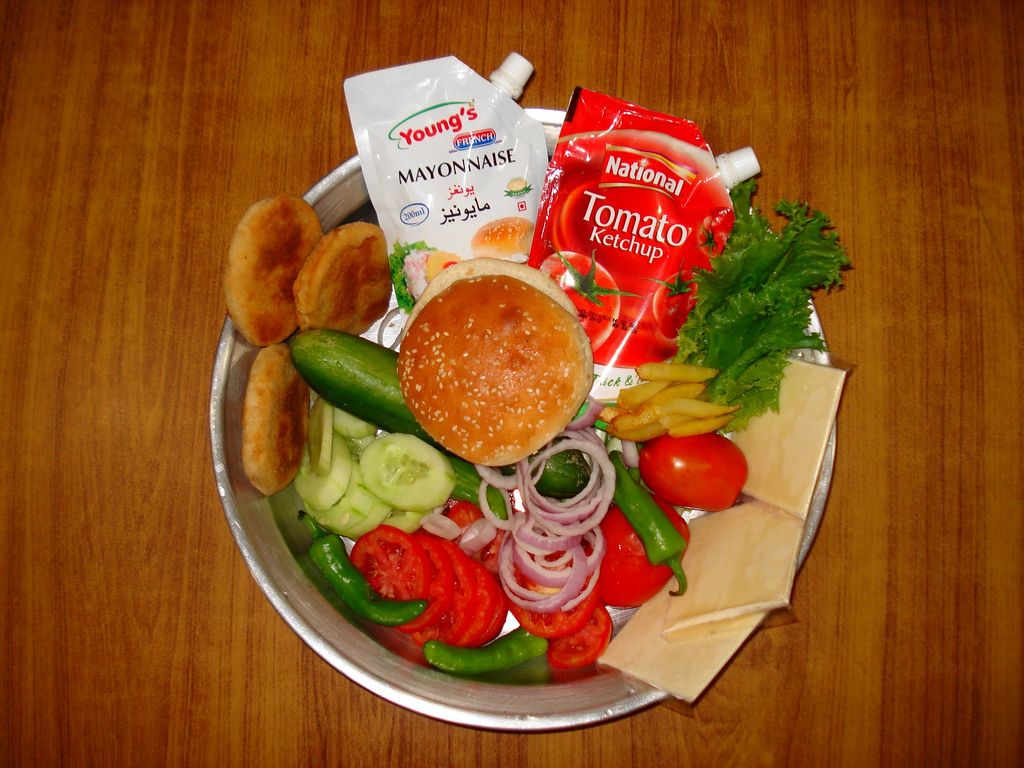
This broad industry shift toward “cleaner” ingredients is notably driven by consumer demand. Market research firm Circana reports that roughly 64% of consumers now actively seek snacks perceived as “good for them,” a figure that has risen sharply in recent years. This trend has led to a proliferation of products such as yogurt, cheeses, and protein-fortified foods and beverages due to their nutritional appeal.
The Trump administration has been vocal in attributing these announcements to the direct results of its “Make America Healthy Again” (MAHA) initiative. The White House, in a statement last month, hailed these corporate changes as pivotal in addressing the “chronic health crisis plaguing Americans,” positioning the administration as a catalyst for healthier dietary options.
Robert F. Kennedy Jr., the Secretary of the Health and Human Services Department, and his MAHA movement have been credited by health advocates for drawing attention to unhealthy foods, chronic diseases, and the significant influence of major corporations on the American food system. This focus has brought these issues into more prominent political discourse.
A spokesperson for the HHS further elaborated on Kennedy’s mission, stating that he is “dismantling the status quo that fueled a nationwide chronic disease epidemic” and “eliminating bureaucracy and restoring integrity to federal health programs.” The spokesperson added that “the HHS is confronting the root causes of chronic illness that previous administrations were too timid to address,” asserting a proactive stance from the current administration.
However, these claims have encountered considerable skepticism from nutritionists and public health researchers. Many characterize the company changes as merely “performative changes,” suggesting that many of these initiatives were already “long in the making due to consumer demand for natural ingredients,” rather than being solely driven by administrative pressure.
Dr. Barry Popkin, a professor of nutrition at the University of North Carolina, articulated this viewpoint, stating, “These are cosmetic changes with no health impact. They merely allow the MAHA proponents to claim victory.” He bluntly concluded, “It’s just PR,” downplaying the health significance of artificial color removal in isolation.
Researchers also contend that Kennedy’s emphasis on synthetic dyes overlooks a more fundamental and pervasive problem: the widespread availability of cheap, convenient foods heavily laden with salt, sugar, and fat. Dr. Popkin emphasized this point, stating that “Ice cream remains ice cream and soda remains soda, even without artificial flavors,” highlighting that the core nutritional profile of these products remains unchanged.
Ultraprocessed foods constitute a substantial portion of the U.S. food supply, accounting for up to 70%. This category includes a wide array of popular items such as chips, cookies, candy, ice cream, and pre-made meals. Studies have consistently linked the consumption of these foods to a range of serious health disorders, including obesity, cancer, diabetes, and heart disease.
Kennedy himself has labeled the easy availability of these foods a “crisis.” He oversaw the White House’s Make America Healthy Again Commission report, released in May, which explicitly identified ultraprocessed foods as a primary contributor to the national increase in chronic illnesses, particularly among children, recognizing the severity of the issue.
Despite this acknowledgment, the agency has not yet implemented any significant measures aimed at reducing the prevalence of ultraprocessed foods. Dr. Popkin criticized this inaction, stating, “Right now, they’re not targeting the real food culprit.” He added, “If Kennedy takes any significant action on ultraprocessed foods, it will be hugely important for health,” emphasizing the potential for substantial impact.
Product on Amazon: Jell-O Original Strawberry Artificially Flavored Ready-to-Eat Gelatin Snack Cups, 4 ct Cups
Brand: Brand: Jell-O
Price: 3.29 USD
Rating: 4.7 Total reviews: 4261
Number of Items: 1
Flavor: Strawberry
Item Weight: 0.91 Pounds
Item Form: Cups
Features:
1. One four ct sleeve pack of Jell-O Ready-to-Eat Original Strawberry Artificially Flavored Gelatin Cups
2. Jell-O ready-to-eat strawberry artificially flavored gelatin cups are a delicious on-the-go snack
3. Enjoy an artificially flavored strawberry gelatin snack made with fruit juices
4. Artificially flavored strawberry Jell-O cups contain no high-fructose corn syrup, artificial preservatives or sweeteners
5. Contains 70 calories per serving
Top Review from US: “It tastes great. I keep it around for myself. As well as my granddaughter when she visits. Her favorite is strawberry.”
Shopping on Amazon >>
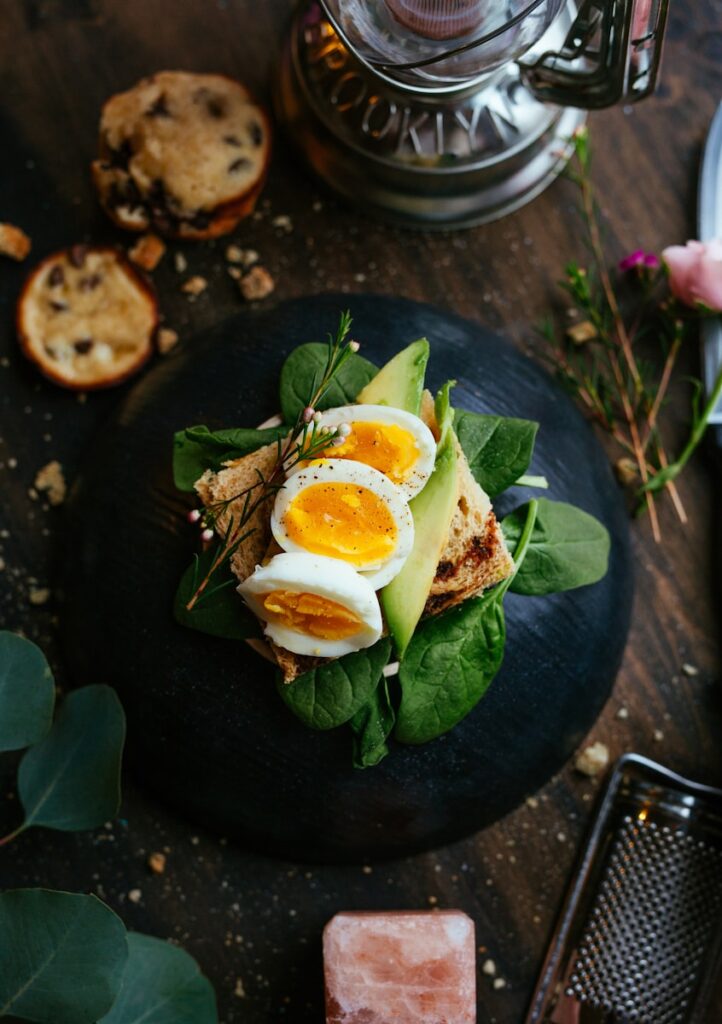
Dr. Marion Nestle, an emeritus professor of nutrition and food studies at New York University, also voiced a critical perspective on the removal of artificial colors. She stated, “As much as I love the idea of getting rid of artificial colors, doing so is a nutritionally meaningless way of giving compliant junk foods the aura of health foods,” suggesting that it might create a misleading perception of healthfulness.
Another point of concern for health advocates is the historical precedent of companies backtracking on voluntary pledges to remove artificial dyes. This raises questions about the long-term commitment and accountability of the industry. Aviva Musicus, the science director at the Center for Science in the Public Interest, a nonprofit consumer advocacy group, expressed this sentiment.
Musicus stated, “We hope industry will voluntarily improve the food supply this time around,” but quickly added a crucial caveat: “There has to be a plan to hold industry accountable for when they inevitably do not cooperate. I haven’t seen that for this administration,” highlighting a perceived lack of enforcement mechanisms.
The Consumer Brands Association, a trade group representing major food, beverage, and household product companies, did not directly address this criticism. However, the group referenced an April statement asserting that the industry has “always prioritized transparency and will continue to lead the way to ensure consumers have the information they want and need to make informed purchasing decisions.”

Furthermore, the association argued that broadly defining foods as “ultraprocessed” could result in “demonizing safe, shelf-stable foods,” which might inadvertently restrict consumers’ access to nutritious options. This perspective underscores a fundamental disagreement on how to categorize and regulate the food supply to promote public health.
Critics also point out that while the HHS focuses on food additives, many other policies implemented by the Trump administration may undermine broader governmental efforts to improve the food supply and the overall health of Americans. This includes significant cuts to social programs and research initiatives.
For instance, according to an estimate by the Congressional Budget Office, the Trump administration’s sweeping tax and spending cuts package is projected to leave an additional 10 million people without health insurance by 2034. Such a reduction in healthcare coverage could have a profound impact on public health outcomes.
Moreover, the Urban Institute estimates that over 22 million families will experience a reduction or complete loss of their Supplemental Nutrition Assistance Program (SNAP) benefits. The legislation also eliminated funding for programs that offered cooking classes and nutrition education to SNAP recipients, further diminishing support for healthy eating habits.
Product on Amazon: Watkins Assorted Food Coloring, 1 Each Red, Yellow, Green, Blue, Total Four 0.3 oz bottles, 4 Count (Pack of 1)
Brand: Visit the Watkins Store
Price: 7.58 USD
Rating: 4.4 Total reviews: 12302
Color: Assorted
Specialty: Vegan
Item Weight: 0.07 Pounds
Liquid Volume: 3 Fluid Ounces
Features:
1. Derived from pure vegetable juices and spices including beet juice, turmeric and spirulina extract.
2. FD&C Dye Free
3. No Artificial Colors
4. Non-GMO, Gluten Free
5. Crafted in the USA
Top Review from US: “I was looking for a better alternative to the regular food dye in the stores and came across this. I knew ahead of time that the colors were very light, so I’m okay with it. But if you are looking for bright, vibrant color, this is not the product for you!
Shopping on Amazon >>
In addition, the Agriculture Department cut two pandemic-era programs designed to assist schools and food banks in purchasing from local farmers, which impacted access to fresh, local produce. Musicus starkly summarized these collective impacts: “While MAHA leadership celebrates hollow wins, we’ve seen the federal government cut SNAP benefits for millions of Americans, rip millions from their health insurance coverage, and slash programs to help farmers bring local foods into schools.”
Beyond health care and food benefits, the administration also significantly reduced research funding, slashing billions and laying off thousands of employees across vital agencies such as the National Institutes of Health (NIH) and Centers for Disease Control and Prevention (CDC). The top nutrition researcher at NIH, specializing in ultraprocessed foods, reportedly left the agency, citing censorship under Kennedy, though HHS has denied these claims.
Dr. Jerold Mande, an adjunct professor at the Harvard School of Public Health and a senior policy official in previous administrations, expressed concern that these research cuts and layoffs could impede future regulatory efforts. He stated, “They’ve also lost tens of thousands of people across government to conduct these investigations,” indicating a significant erosion of capacity for food industry oversight.
Artificial food dyes, derived from petroleum, are primarily used to enhance the visual appeal of food and beverages, especially for children, rather than contributing to flavor. While the Food and Drug Administration generally considers them safe in small amounts, concerns regarding their potential health effects have been raised.
Some reports claim that artificial food dyes pose potential health risks. For example, a 2012 study published in the International Journal of Occupational and Environmental Health indicated that Red Dye 3 caused cancer in laboratory animals. Other studies have suggested a link between artificial food dyes and increased hyperactivity in children, especially those with attention-deficit/hyperactivity disorder (ADHD).
However, it is important to note that these claims have not been universally confirmed, and many scientists point out that any adverse effects of artificial dyes heavily depend on the dosage. The FDA maintains its stance on their safety, stating, “The totality of scientific evidence indicates that most children have no adverse effects when consuming foods containing color additives, but some evidence suggests that certain children may be sensitive to them,” acknowledging individual variations.
In a notable federal action, the U.S. Food and Drug Administration banned red dye No. 3 in food, beverages, and ingested drugs in January, nearly 35 years after it was prohibited from cosmetics due to potential cancer risks. This reflects a growing federal involvement in regulating these additives.
Kennedy has actively pressured food companies to voluntarily remove all food dyes from their products. However, many companies had already begun phasing out synthetic dyes years earlier, driven by sustained pressure from consumers, health advocates, and existing bans or restrictions in several states, including California, Virginia, and West Virginia.
Product on Amazon: Banana, 1 Bunch (4-5 Count)
Brand: Visit the Dole Store
Price: 0.99 USD
Rating: 4.6 Total reviews: 64939
Item Weight: 32 Ounces
Size: 5 Count
Specialty: Vegan
Package Weight: 0.91 Kilograms
Features:
1. Bunch of Bananas
2. Good Source of Vitamin B-6 and Potassium
3. Keep bananas at a cool room temperature and keep away from direct sunlight
Top Review from US: “Permanently green, one turned slightly yellow, so I tried to eat it. But nope, tastd very weird.”
Shopping on Amazon >>
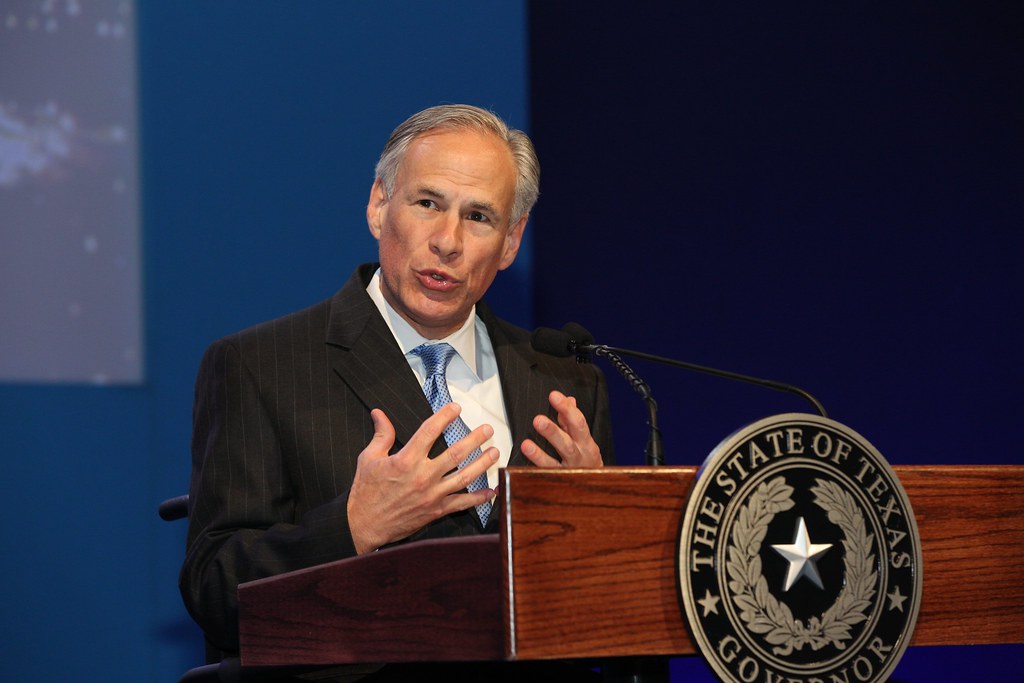
Beyond state-level bans, Texas Governor Greg Abbott signed a bill on Sunday that will require foods containing artificial dyes or additives to bear a new safety label starting in 2027. This label would warn consumers that the ingredients are “not recommended for human consumption” in Australia, Canada, the European Union, or the U.K., highlighting international differences in food additive regulations.
Amid these developments, some health experts remain optimistic that Kennedy could leverage the current political momentum to enact more substantial policy changes aimed at improving Americans’ diets. Dr. Mande, while crediting Kennedy, offered a nuanced assessment of progress.
I do give RFK Jr. a lot of credit for making chronic disease caused by our food, principally obesity, a political priority,” Mande stated. However, he added, “I give them an incomplete grade in terms of what they’re going to do about it,” indicating that the true impact remains to be seen and that current efforts may only be the initial steps.
The MAHA Commission is scheduled to release its second report in August, outlining its strategy for addressing childhood chronic obesity. Advocates will closely scrutinize this report for indications of potential future actions, such as mandating front-of-package warning labels or cracking down on the marketing of junk food to children.
The report may also offer clues as to whether the administration will develop new dietary guidelines that include recommendations for limits on ultraprocessed foods. These would represent significant policy shifts, but Dr. Mande noted that they “may clash with the administration’s deregulatory agenda,” potentially creating internal policy conflicts.
Read more about: Unpacking Food Safety: A Comprehensive Consumer’s Guide to Preventing Illness and Protecting Your Family
As the snack aisle prepares for a more muted color palette, the true measure of success for America’s health will extend far beyond the colors on our candies. The removal of artificial dyes is a visible, albeit “cosmetic,” change that reflects persistent consumer demand. Yet, it also serves as a crucial bellwether, hinting at whether a foundational shift in addressing the broader landscape of ultraprocessed foods will truly materialize. The coming months, particularly with the release of the MAHA Commission’s next report, promise to reveal the deeper commitment to public health that policymakers and industry leaders are prepared to make, shaping the future of the American diet one ingredient at a time. The conversation is vibrant, the stakes are high, and the journey toward a healthier nation continues to unfold.

